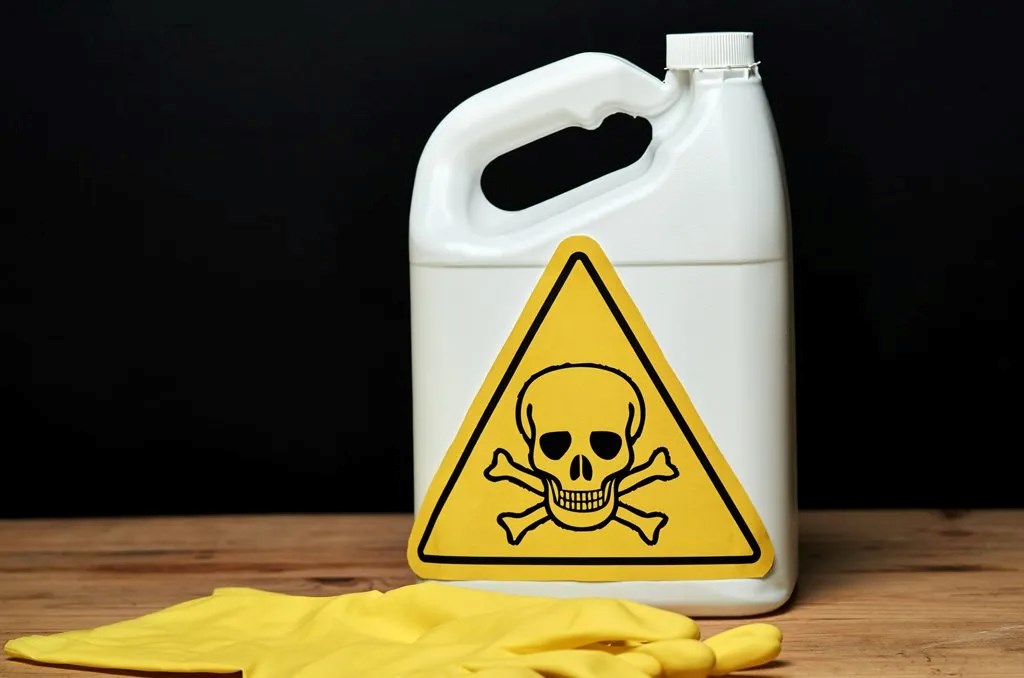Product safety signs and labels
Published date: 29 April 2024

Product safety signs and labels play a crucial role in safeguarding individuals against potential hazards and risks associated with various products. Whether in the workplace, public spaces, or at home, safety signs and labels serve as communication tools, guiding users on potential hazards and proper usage. In the United Kingdom, specific standards govern the creation and implementation of these signs, ensuring consistency and effectiveness in conveying essential safety information.
Understanding Product Safety Signs
Product safety signs are visual cues designed to alert individuals to potential dangers associated with a particular item. These signs utilise symbols, colours, and text to convey critical information. From electrical hazards to chemical dangers, the variety of safety signs caters to a wide range of risks present in various environments. Recognising and comprehending these signs is essential for both consumers and employees to mitigate potential harm effectively.
The Importance of Safety Labels
Safety labels complement product safety signs by providing detailed information regarding usage, maintenance, and potential risks. These labels are affixed directly onto the product, packaging, or accompanying documentation. Through concise wording and standardised, universally recognisable symbols, safety labels offer guidance on safe handling procedures, necessary precautions, and emergency protocols.
Standards and Regulations
In the United Kingdom, product safety signs and labels are governed by stringent standards and regulations to ensure consistency. British standard BS EN ISO 7010:2020 provides guidelines for the creation and application of safety signs. The standard specifies the shape, colour, and design of graphical symbols used, ensuring universal comprehension, irrespective of language barriers.
Additionally, the 2008 Classification, Labelling, and Packaging (CLP) Regulation, adopted by the European Union, establishes a standardised system for the labelling of chemicals. Central to this regulation are hazard pictograms, which convey specific types of hazards associated with chemical products.
Types of Product Safety Signs
In the UK, compulsory product safety signs and labels fall into a number of main categories:
- Warning: Warning signs and labels alert individuals to hazards that may cause injury or harm. They feature a triangular shape with a black pictogram on a yellow background, accompanied by text indicating the nature of the danger, such as high voltage or flammability.
- Prohibition: Prohibition signs and labels prohibit specific actions or activities that may pose a risk to safety. They utilise a circular shape with a red border and a red crossbar, accompanied by a black pictogram indicating the prohibited action (e.g. “No fire, naked flames or smoking”).
- Mandatory: Mandatory signs and labels specify actions or behaviours that are required for safety purposes. They feature a circular shape with a blue background and white pictogram, indicating the mandatory action to be taken (e.g. “Switch off in sequence”).
- Hazardous Substance: Hazardous substance signs and labels are used to indicate the presence of flammable, toxic, corrosive or harmful substances and chemicals. They feature a red-edged diamond shape with a with background and a standardised CLP black pictogram indicating the hazard (e.g. skull and crossbones for danger of lethal poisoning).
At Conro Electronics, we’ll show you how to improve product reliability while increasing performance and lowering costs. Our team of technical support specialists will provide your company with dependable global supply, unrivalled efficiency, and superior technical support.
Feel free to contact us on 0208 953 1211 or send us an email to info@conro.com




Comments
There are currently no comments, be the first to comment.